

Flex Cable Bonding Machines
The Invisible Micro-Welders Behind Every Foldable Phone, Curved Cluster and Wearable Heart Sensor
When engineers Google “flex-cable-bonding-machine” they are actually looking for at least six different styles of assembly press: FOG (Flex-on-Glass), FOB (Flex-on-Board), FOF (Flex-on-Flex), T-FOG (touch sensor Flex-on-Glass), FOP (Flex-on-Plastic) and the generic FPC bonder that can jump from substrate to substrate in the same shift.
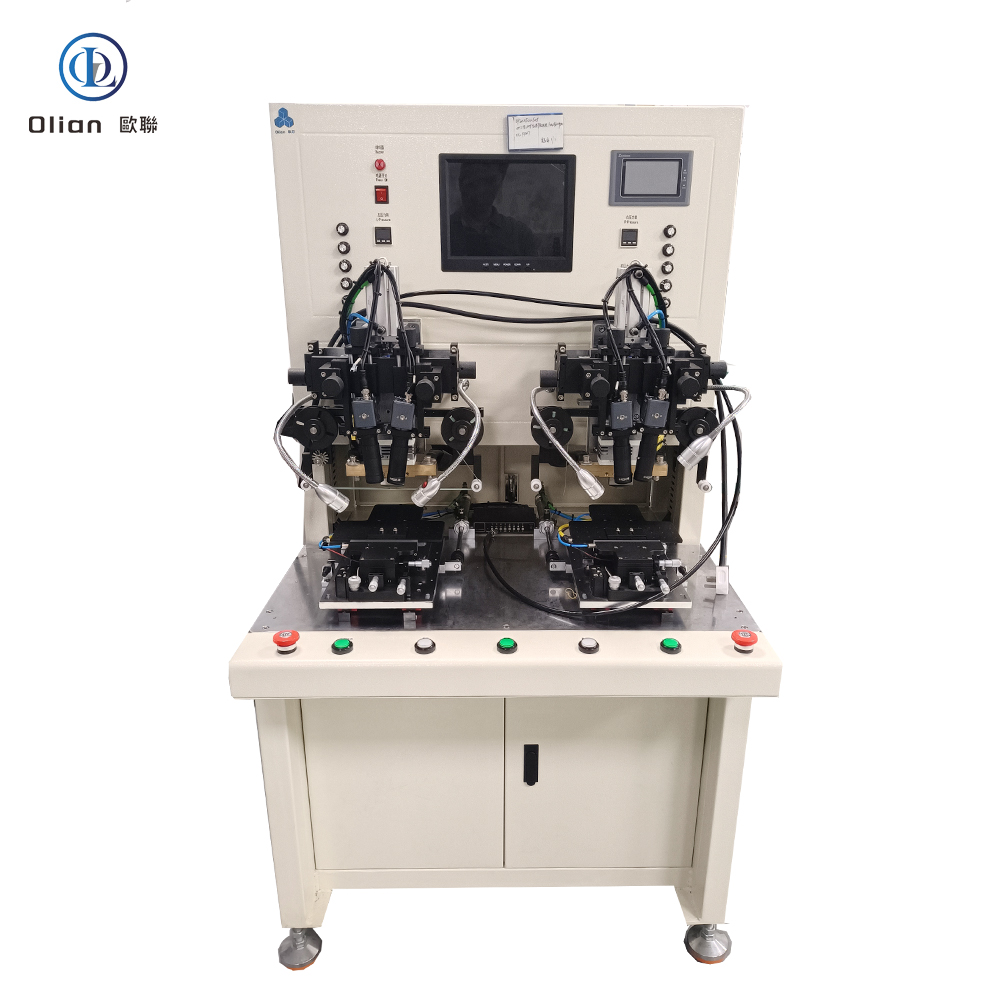
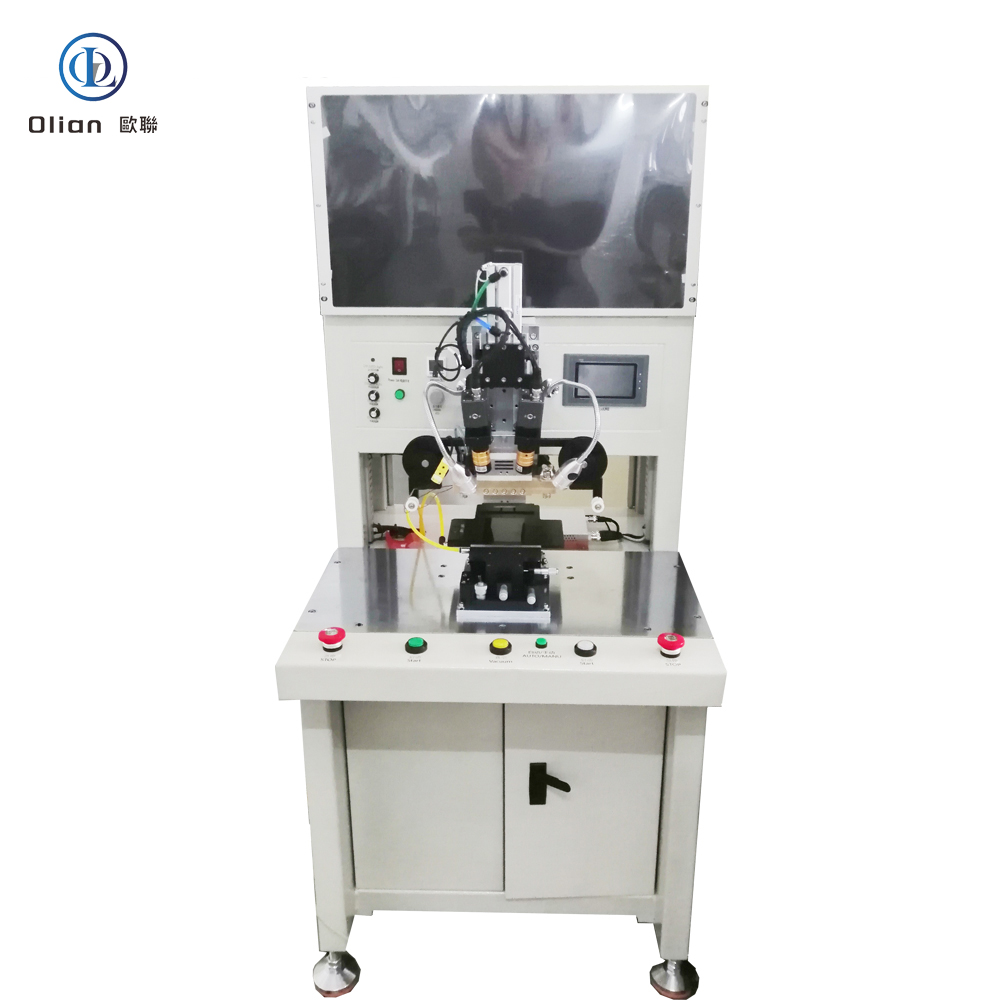
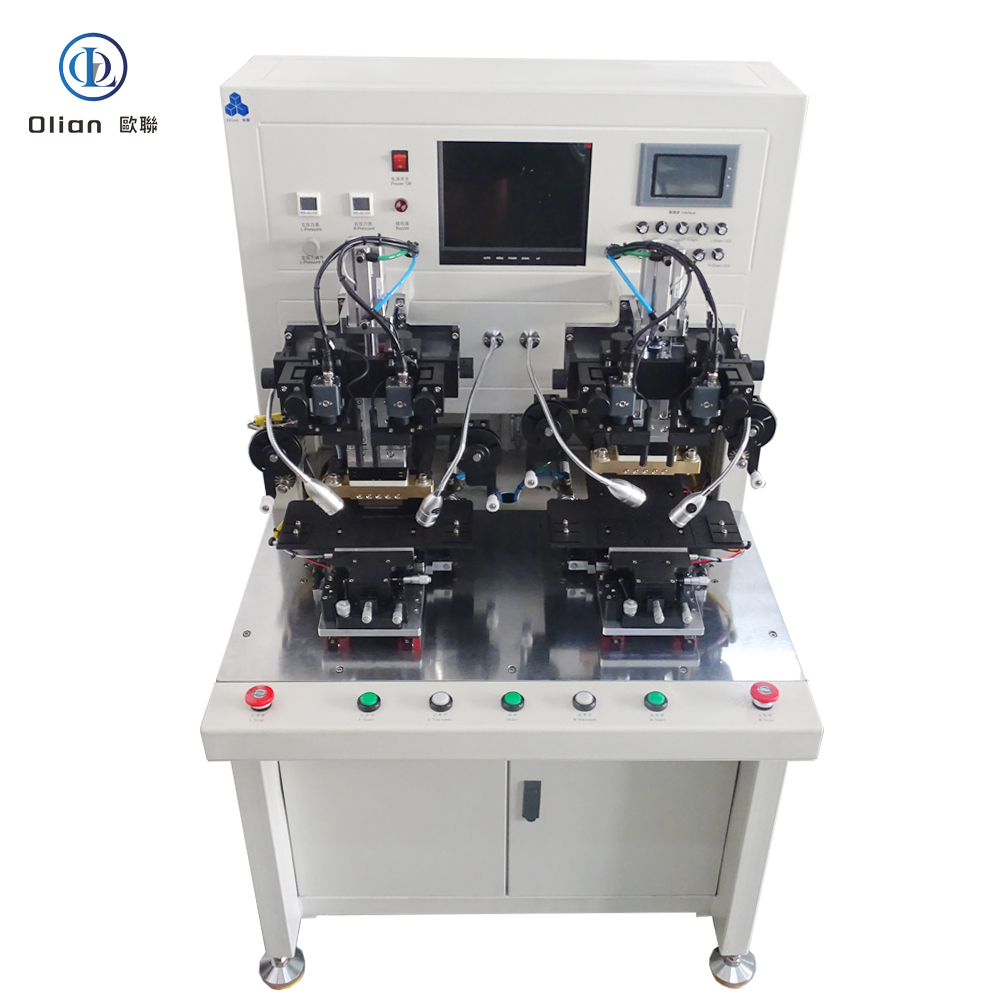
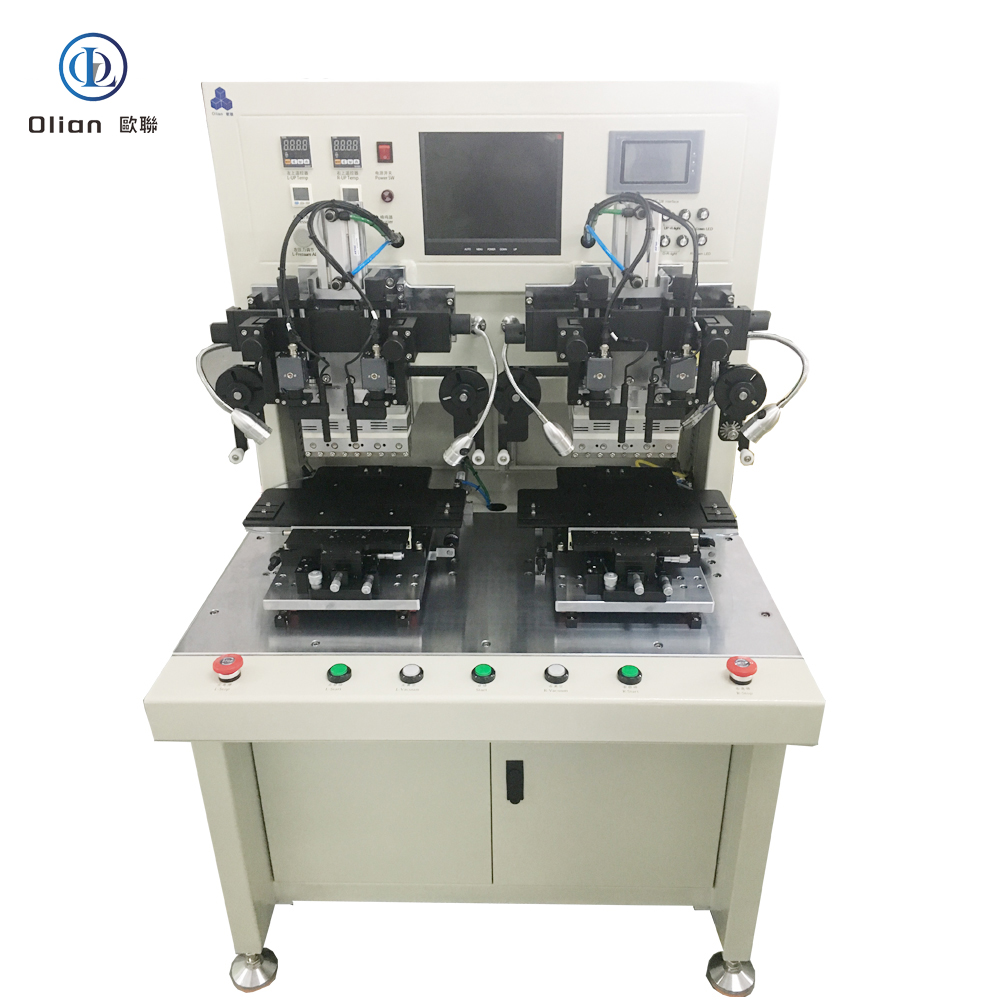
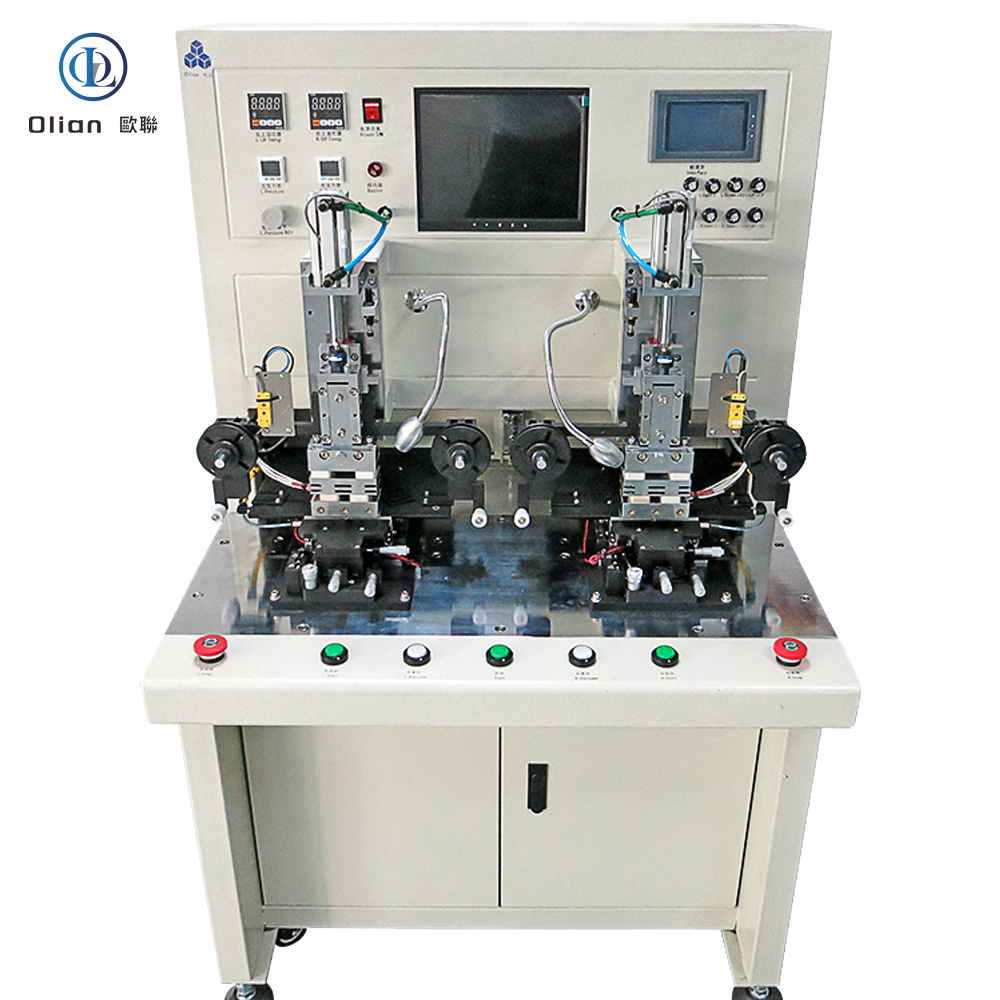
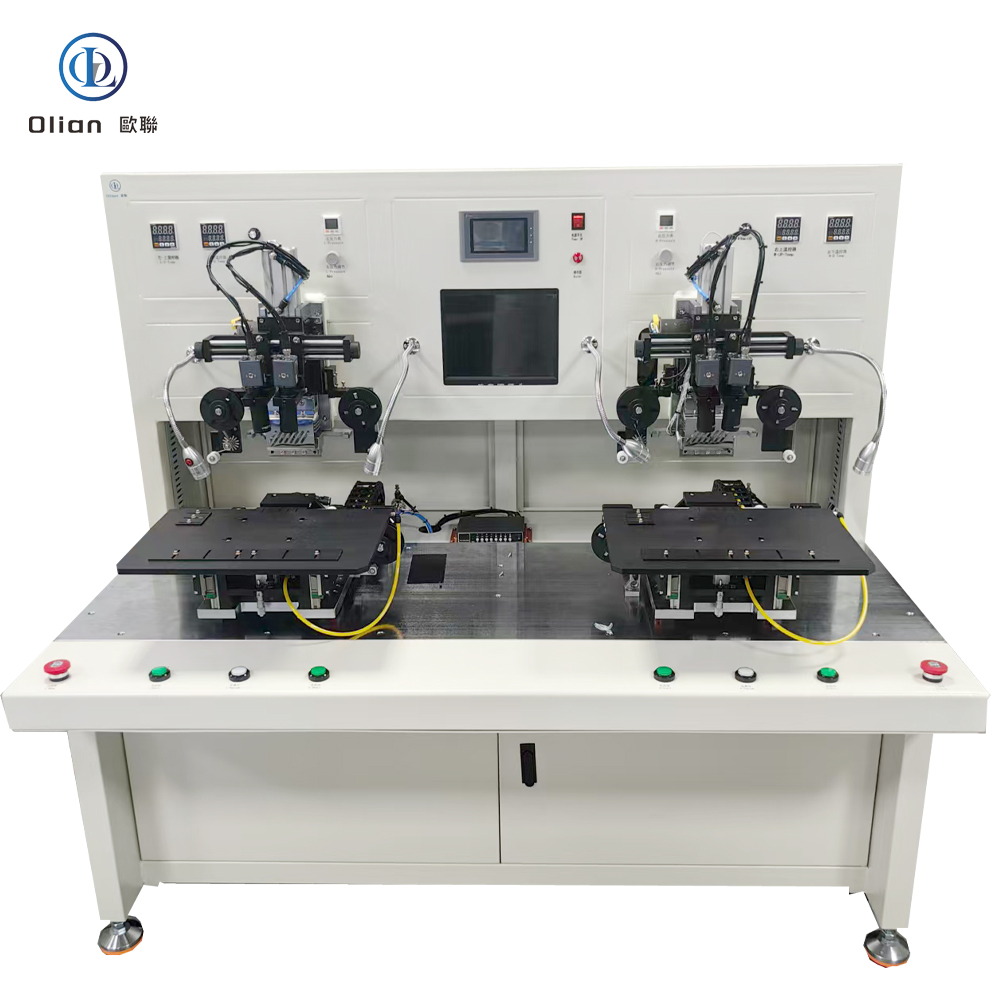

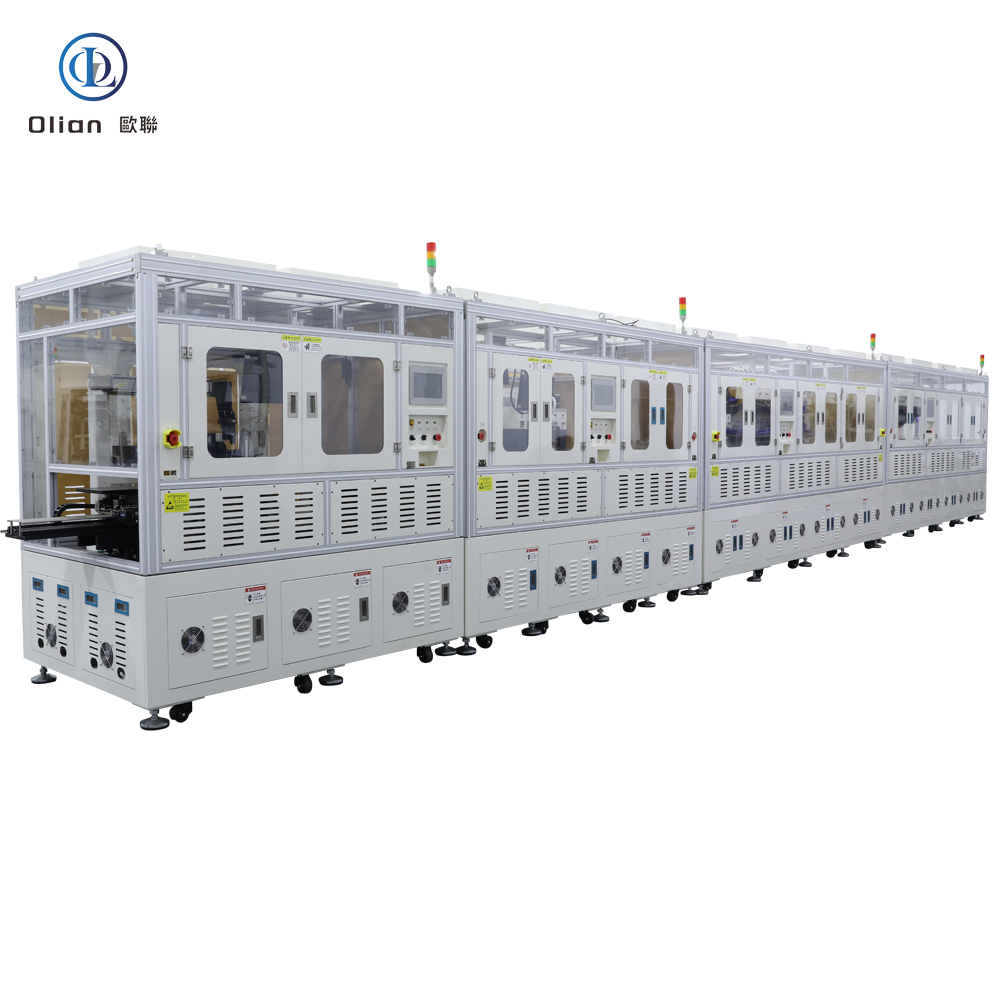
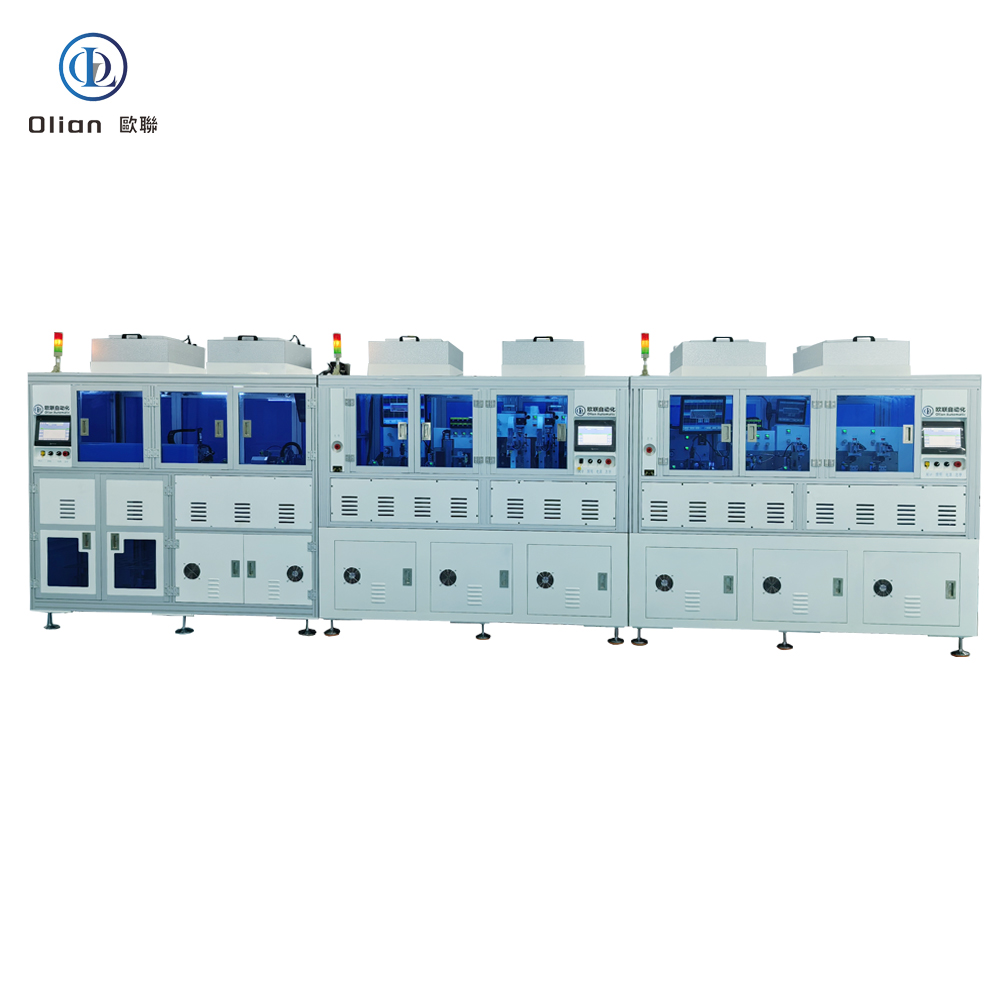
All of them share one mission: create a permanent, particle-rich conductive path in the Z-axis while keeping the X–Y plane electrically silent, and do it in under three seconds so the next 6-inch or 110-inch panel can roll in.
Rigid boards do not survive 200,000 folds at a 0.2 mm bend radius. And connectors add 0.3 mm of height that nobody can spare.
Automotive cockpits now cycle from −40 °C to +105 °C, medical catheters must be autoclavable, and TV bezels have shrunk to 0.9 mm.
The only technical escape route is a 25 µm polyimide tail that is bonded directly to the glass, PCB or second flex with an anisotropic conductive film (ACF).
The machine that performs this micro-weld has quietly become as critical as the lithography scanner.
Frame: A granite or Meehanite base gives 10 µm flatness over 1 m and thermal inertia that rejects shop-floor vibration.
Axes: Linear-motor stages with 0.1 µm encoders and 2 g acceleration move the 100-inch TV panel without fixtures.
Optics: Co-axial LED RGB plus NIR illumination can see through ITO, copper, black polyimide and even ink-jetted alignment marks.
Heating: Pulse-heat power supplies deliver 3 kW in 1 ms bursts with closed-loop thermocouple feedback; constant-heat platens hold ±0.5 °C for medical lots that cannot tolerate thermal shock.
Force: Ceramic load cells resolve 0.01 MPa and compensate for 50 µm substrate warpage in real time.
Software: Recipe encryption, MES traceability and AI-driven self-tuning reduce first-pass setup time from hours to minutes.
Specification Snapshot That Buyers Actually Search For
Bonding area: 1 × 1 mm (watch flex) to 2,500 × 1,500 mm (10.5-gen TV),
Placement repeatability: ±1 µm @ 3σ.
Temperature window: 25 °C–450 °C.
Pressure range: 0.05–3 MPa.
Cycle time: 2.5 s for smartphone OLED, 12 s for 85-inch mini-LED.
Throughput: 6,000 UPH for 6-inch panels on dual-lane FOB.
Power draw: 2.5 kW typical, 7 kW peak pulse.
Footprint: 0.6 × 0.8 m benchtop repair unit up to 3 × 4 m in-line cluster.
Automotive heads-up displays add a 50 µm thick silicone gasket so the flex can survive 1,000 h of 85 °C/85 %RH and 10 g vibration.
Disposable medical sensors use transparent PET instead of polyimide; the bonder must weld at 120 °C so the glucose-sensitive membrane is not denatured.
Space-grade bonders operate in nitrogen purges to prevent silver migration and provide 100 % X-ray traceability per NASA-STD-8739.
Panel makers are experimenting with 5 µm copper on 12.5 µm LCP (liquid-crystal polymer) that must survive 500,000 folds. Next-generation bonders will employ femto-second lasers to pre-texture the ACF surface, increasing particle capture density without raising temperature. AI vision will predict particle deformation from reflectance spectra and adjust pressure mid-bond.
Sustainability mandates are pushing for lead-free, halogen-free ACF and 30 % lower energy per weld; vendors are responding with induction-assisted heaters that cut pulse-heat time by 40 %.
Daily: Wipe the tungsten head with IPA-drenched lint-free cloth;
any carbonised ACF build-up becomes a 50 °C hotspot that drifts resistance.
Weekly: Run the glass-scale calibration; a 2 µm error discovered early saves an entire OLED batch.
Monthly: Check the chilled-water loop for algae.
a 5 °C rise in cool-down temperature can raise contact resistance by 8 mΩ.
Quarterly: Replace the ceramic heater sleeve; micro-cracks cause 10 °C overshoot that bursts particles and creates latent opens.
Yearly: Re-map the vision system with NIST-traceable grid plate.
thermal growth of the granite base alone can shift the camera 3 µm over 12 months.
If you are a contract manufacturer bidding on flagship phone flex tails,
insist on a machine with sub-µm encoder feedback and < 1 s vision alignment; OEM audits now demand raw data logs.
For automotive Tier-1 suppliers, choose a platform whose frame can be upgraded to 1.5 m width without replacing the entire gantry—dashboard displays are still growing.
Medical start-ups should lock in suppliers that offer FDA-compliant recipe encryption and 21 CFR Part 11 digital signatures; the agency now reviews bonding parameters as part of device approval.
The flex-cable-bonding-machine is no longer a niche back-end tool; it is the enabling chokepoint that turns fragile copper traces into foldable, rollable,
autoclave-proof, vibration-immune interconnections.
Understanding its physics, specifications and roadmap is the shortest route to winning the next smartphone, automotive cockpit or wearable diagnostic contract that lands on your desk.